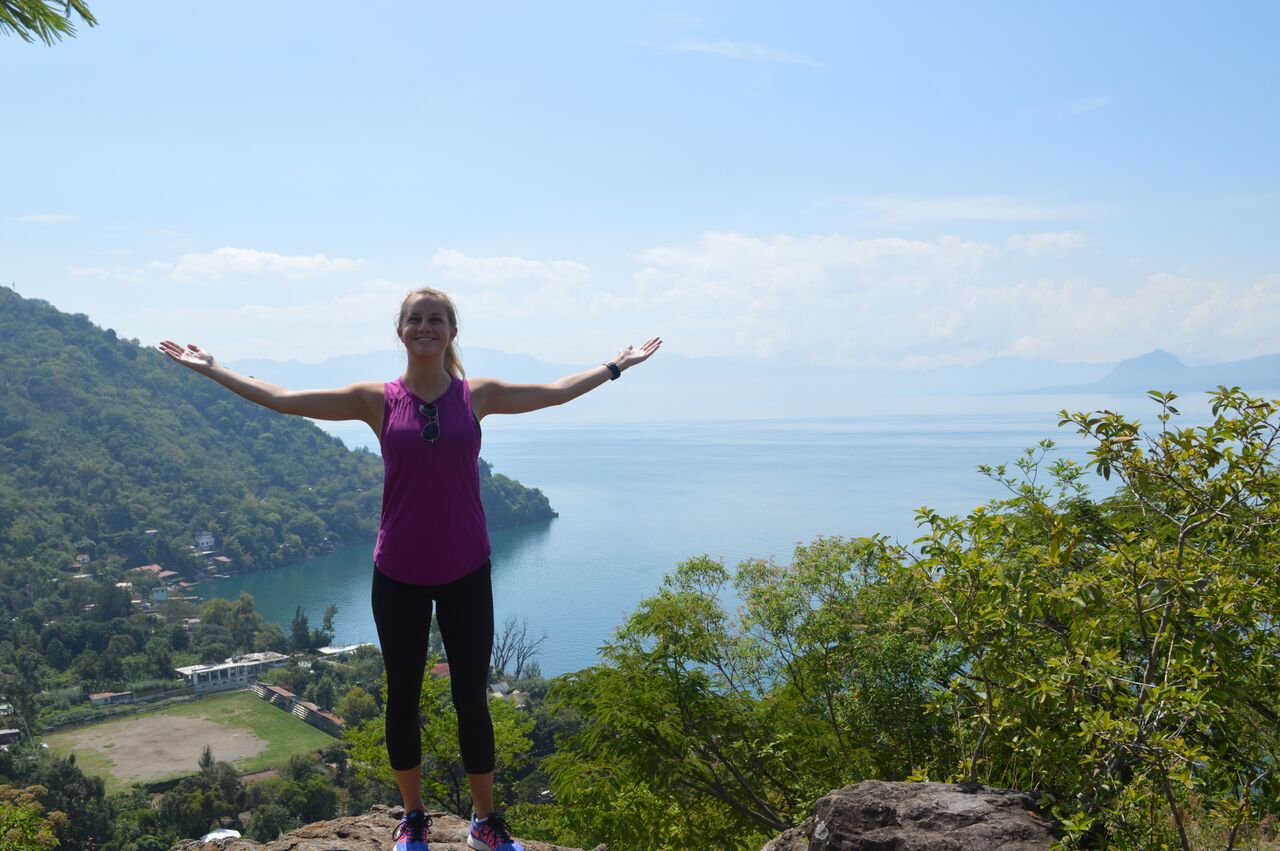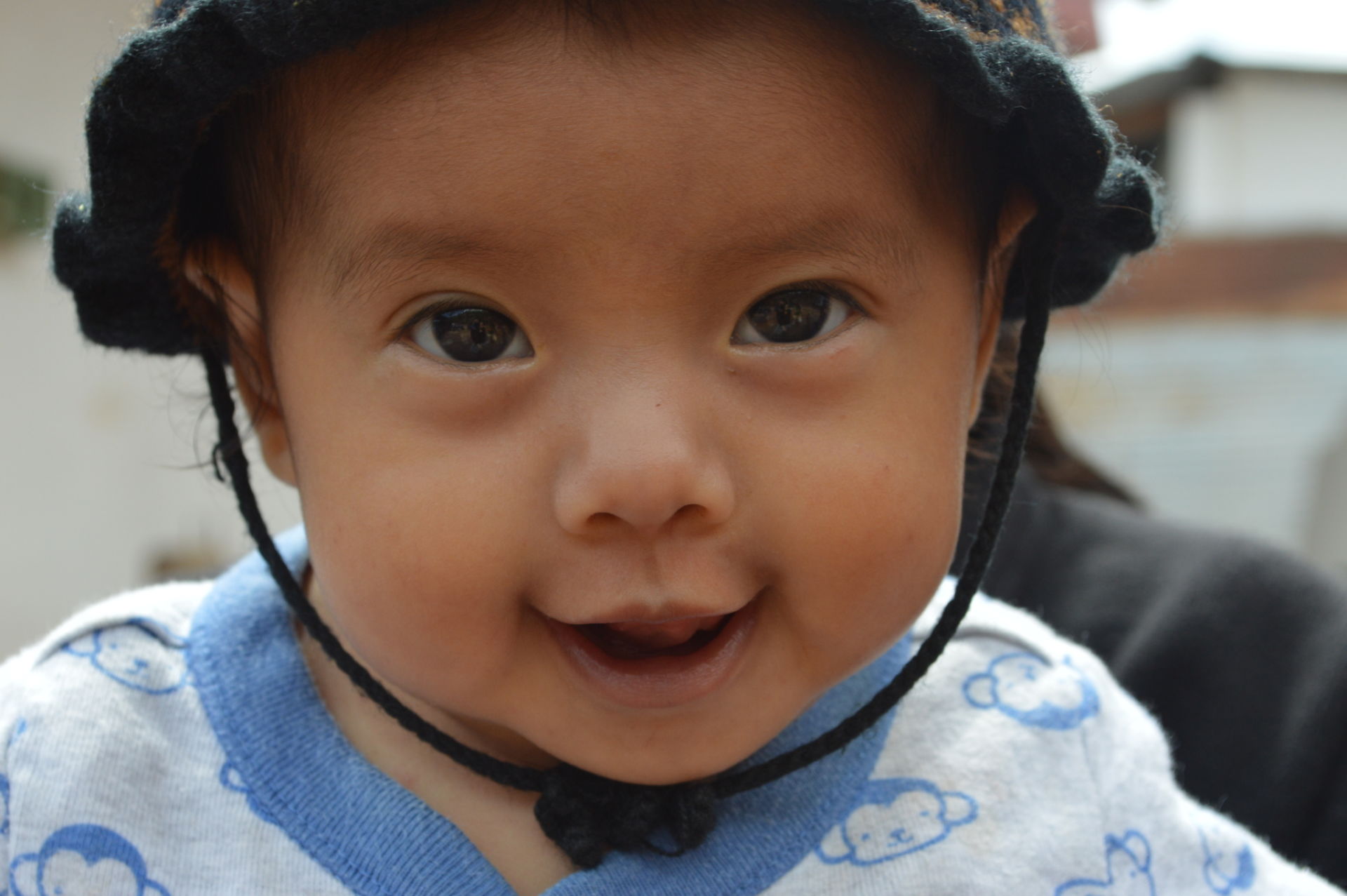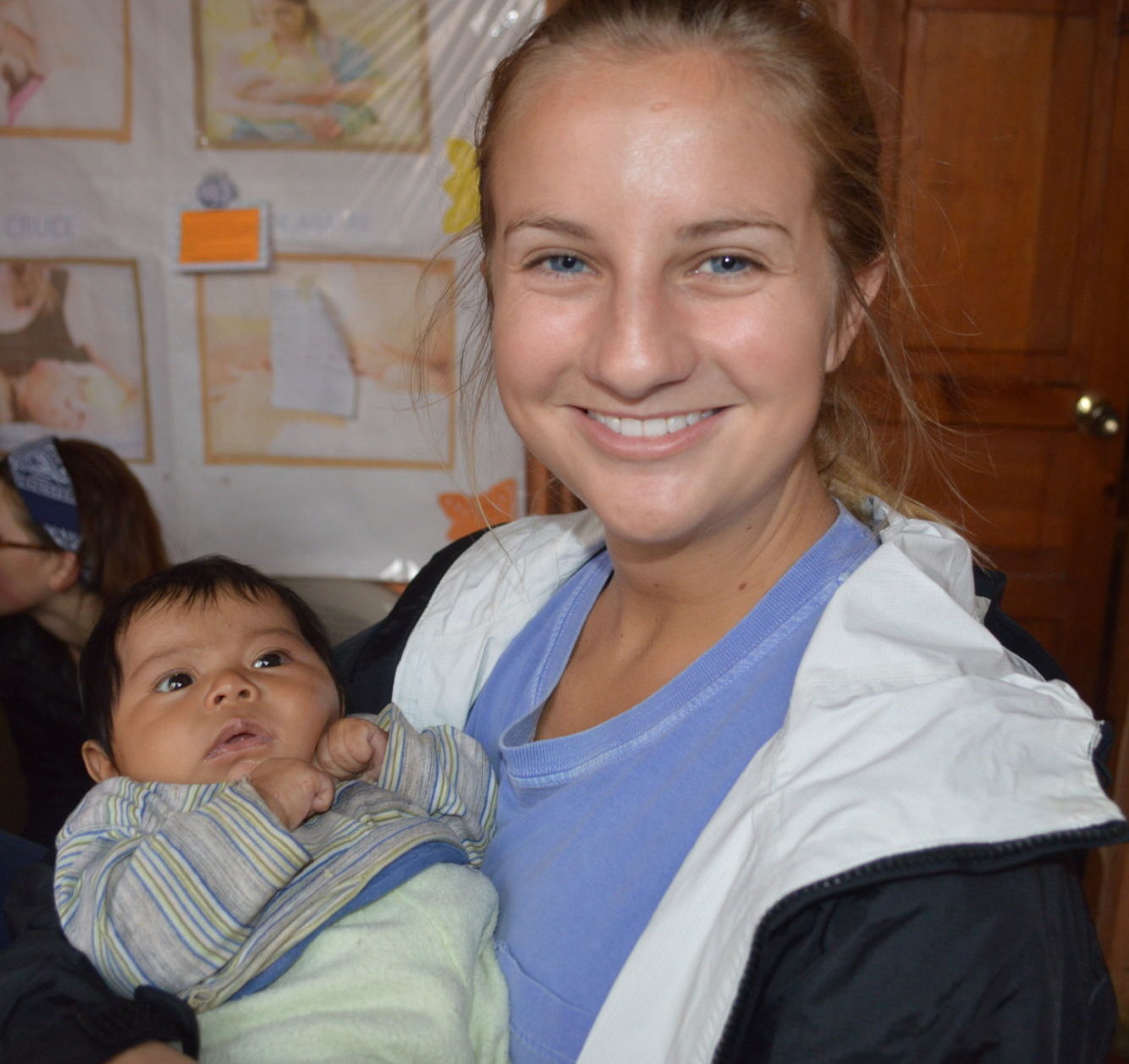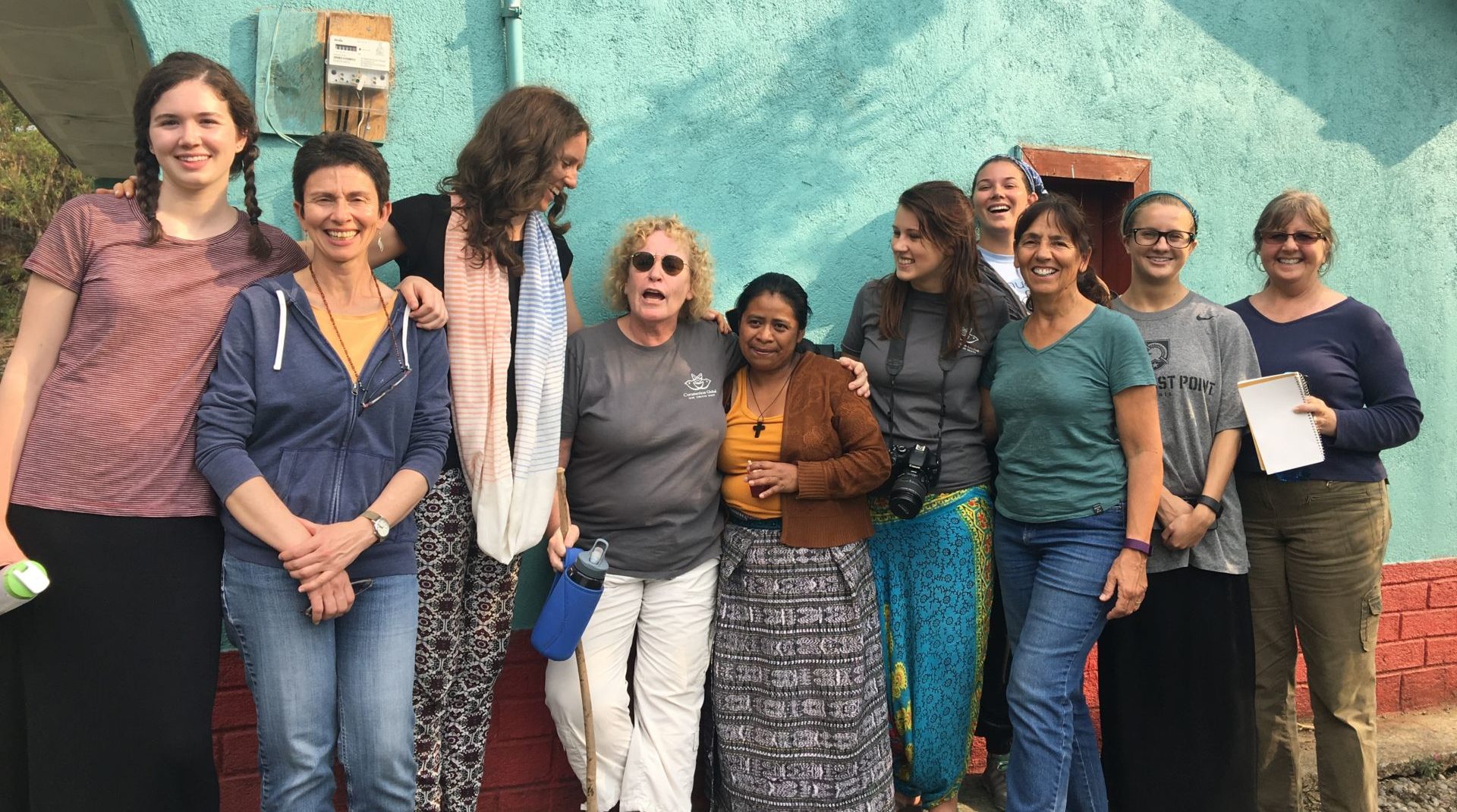Volunteer Spotlight: Bailey Jeutter
Posted: September 22, 2016
Bailey Jeutter is in the Athletic Training Program at University of South Carolina at Columbia and a former Curamericas Global volunteer. After graduating, she plans to take the BOC to become a certified athletic trainer, and to continue her studies to become a PA. In May 2016, we traveled with Bailey and eight other volunteers on a trip to Guatemala.
What inspired you to volunteer with Curamericas Global in Guatemala?
I’ve always done mission trips abroad and really enjoyed them. After I told my father that I wanted to do something over the summer to get global health experience, he contacted someone with whom he had spoken with before about Curamericas Global. After I connected with people at Curamericas Global, I prepared for the volunteer trip, plus 3 weeks in Antigua to study Spanish at a language school.
What volunteer work did you do?
In Calhuitz, Guatemala we worked in the Casa Maternas located in rural communities. Each day, we went to a different Casa Materna that ranged in distances, with the farthest being a little over two hours away. At each Casa, we did a variety of evaluations including regular clinical visits, pre-natal visits and newborn check-ups to ensure that the babies’ growth was progressing. We also did some home visits for pregnant mothers and mothers of children under two years of age to make sure that everyone was healthy, and to provide education around the health and nutrition of mothers and babies. While at the Casas, we assisted in how to measure and find the babies’ heartbeat, which was very different from my experience working with athletes for my university program. I was able to learn a lot about pre-natal visits and things to pay attention to in medical practices. The people in the isolated Guatemalan communities we visited have limited health access. An American doctor recently donated an ultrasound for the Casas and provided training to staff, allowing mothers in the communities to be able to see their babies before being born for the first time ever.
How do you think the impact translated to the local people, and also to yourself?
I think that the locals were impacted in that they learned better ways to lower pregnancy risks with modern medical practices to create a safer environment for the expecting women. Maternal healthcare is so important because it incorporates safe ways to deliver if complications occur. The women we met are accustomed to nature taking its course and don’t always know what to do if something goes wrong. For example, prior to Curamericas involvement in Calhuitz the majority of the women would give birth alone in the Chuj, which is similar to a mud-brick sauna. Now, with Curamericas involvement women have begun coming to the Casas to deliver their babies, which is much safer. We also taught the staff at the Casas how to do CPR on newborns and infants, which anyone delivering a baby should know how to do.
What was most surprising about your experience volunteering in Guatemala?
I was most surprised by how welcoming everyone was. The women at the Casa Maternas were amazing, as well as the students completing their practicums there. The women in the village wanted to learn and become more educated on the topics we were teaching them about. Some other places that I’ve done development work in haven’t been as receptive as the communities near Calhuitz. Having local people from the area working in the Casas really helps build a bridge between the project and the communities. They are more receptive when they have people of their own nationality or, better yet, their own village teaching them ways that also align with the values and traditions of their community, rather than having a small group of Americans communicating “you’re doing things wrong.” Having both the practicum students and local women, all of whom are from the local communities, at Casas helps to bridge that gap.
Why did you choose to volunteer with Curamericas Global, as opposed to other opportunities?
I liked that Curamericas Global worked with the local Casa Maternas on a long-term basis rather than just going down there temporarily. A lot of organizations travel to low-income communities and open a short-term clinic as a one-time thing. Curamericas Global works with people over time and builds trust and relationships to sustain healthcare practices. Locals eventually running their own healthcare facilities should be the goal, and Curamericas Global works to educate the people of forgotten communities. Bolivia is a great example, where Curamericas’ partner, Andean Rural Healthcare, has become an independent NGO and a leader in healthcare in Bolivia. Curamericas-Guatemala is on track to do the same. I think this kind of impact that Curamericas makes should be highlighted. There were so many locals committed to working on the project and community members are grateful for everything that Curamericas has done.
What did you do when you weren’t volunteering? Did you explore? Or interact with locals?
During our downtime, we would explore the community and interact with locals. Nurse Jaci loved her coca cola and we would walk up with her every day to return her empty bottle and get a refill. We would play with the local kids. They were hilarious and loved outlining each other’s’ bodies in chalk and playing with bubbles. Toward the end of our trip we went to a town on Lake Atitlan and were able to explore other cities along the lakeside as well as hike up a small mountain on the lakeshore. Lake Atitlan was absolutely fascinating since the water is so clear and volcanoes surround it. We spent our last day of the trip in Antigua where I ended up spending an additional three weeks living with a host family and taking Spanish classes.
What was your favorite memory from the trip?
That’s a difficult question! I really enjoyed the group that I went to Guatemala with. That was definitely one of the trip highlights. I had met with Jane, our trip leader, previously but I hadn’t met a single person that was going as. But everyone was so welcoming and we got along so well. When I left, they had a little gift for me – prayer dolls. The relationships that I formed with people on the trip have sustained and we still talk. It’s so nice to have formed such close bonds.
After volunteering, are there any issues that you think people should be more aware of?
I definitely think that more people need to realize that other people aren’t as fortunate. People get so caught up in their own lives and their own hardships that they forget that other people have less. Everyone should go on a volunteer trip in their lives because it’s such an eye-opening experience. You learn that people who you think have “less” are still fortunate and grateful for what they have. The people we met were always smiling and welcoming.
What advice do you have for others who are considering a volunteer trip with Curamericas?
I think that everyone should consider it. Even if you’re just considering it, you should definitely do it even if you’re scared or nervous. Curamericas made sure everyone was comfortable and okay during the whole trip. Once you get there, you realize there’s nothing to be nervous about and you’ll have so much fun with others in the group that you’ll forget why you were nervous in the first place.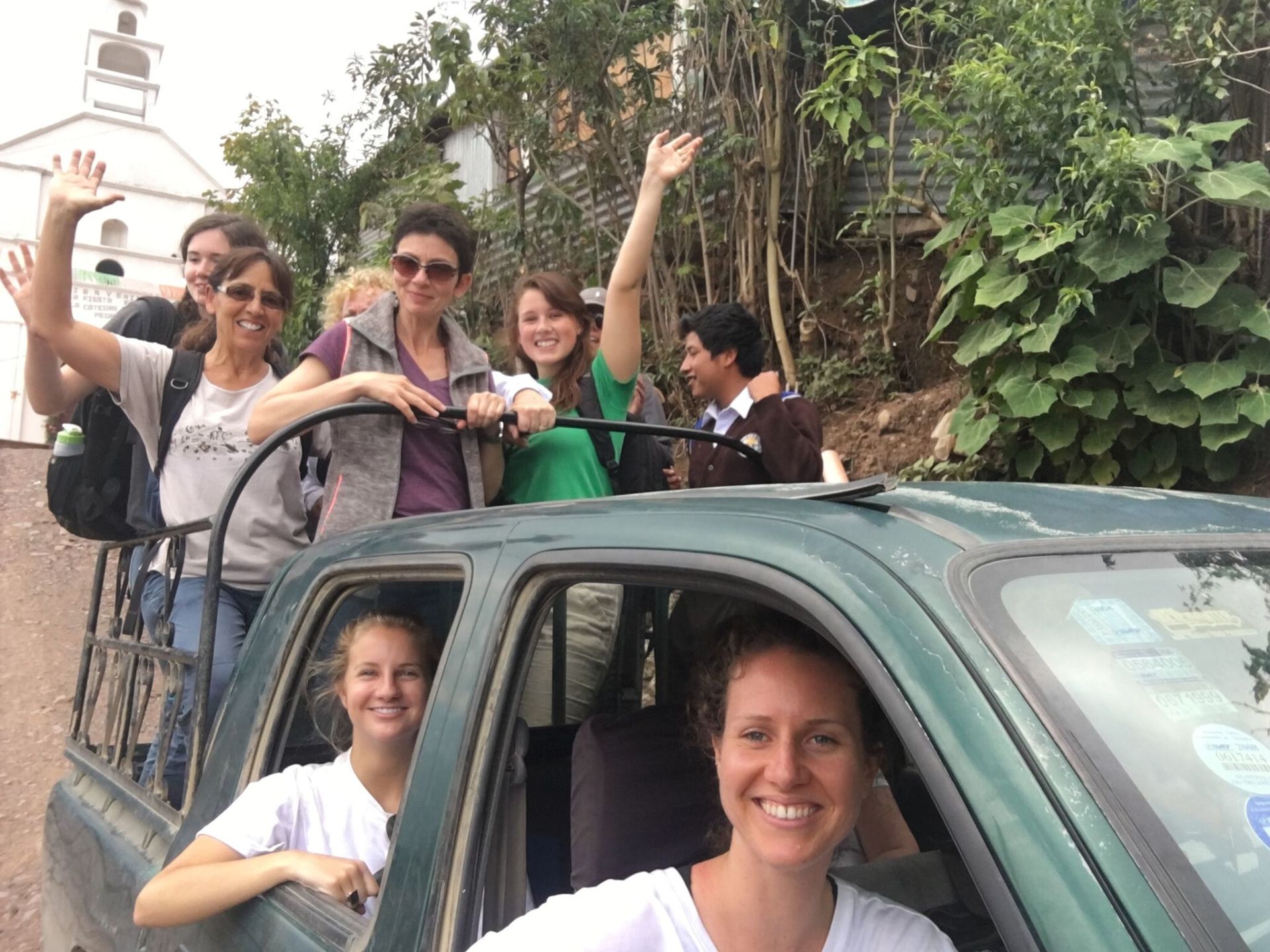
What are you doing now, and what do hope to be doing in the future?
I am still in school at University of South Carolina studying Athletic Training. With that program, we complete a lot of clinical hours. This upcoming semester I’ll be at a local high school assisting an athletic trainer. But going on a global medical trip has inspired me to consider working for a global non-profit organization. I’m considering schools that offer a Physicians Assistant degree combined with a Masters in Public Health. My dream job would be to become a PA and apply my skills and knowledge to help others in low-income countries.
You can help bring life-saving healthcare to mothers and children too. Sign up for one of our upcoming volunteer trips or donate now to support Curamericas Global in our mission to bring hope through healthcare to underprivileged communities around the world.
Article written by Annalisa Kristoffersen, Curamericas Global’s Outreach and Development Intern
Share this Article
Stay Up-To-Date With Curamericas Global
We will not spam, sell or otherwise misuse your information!
